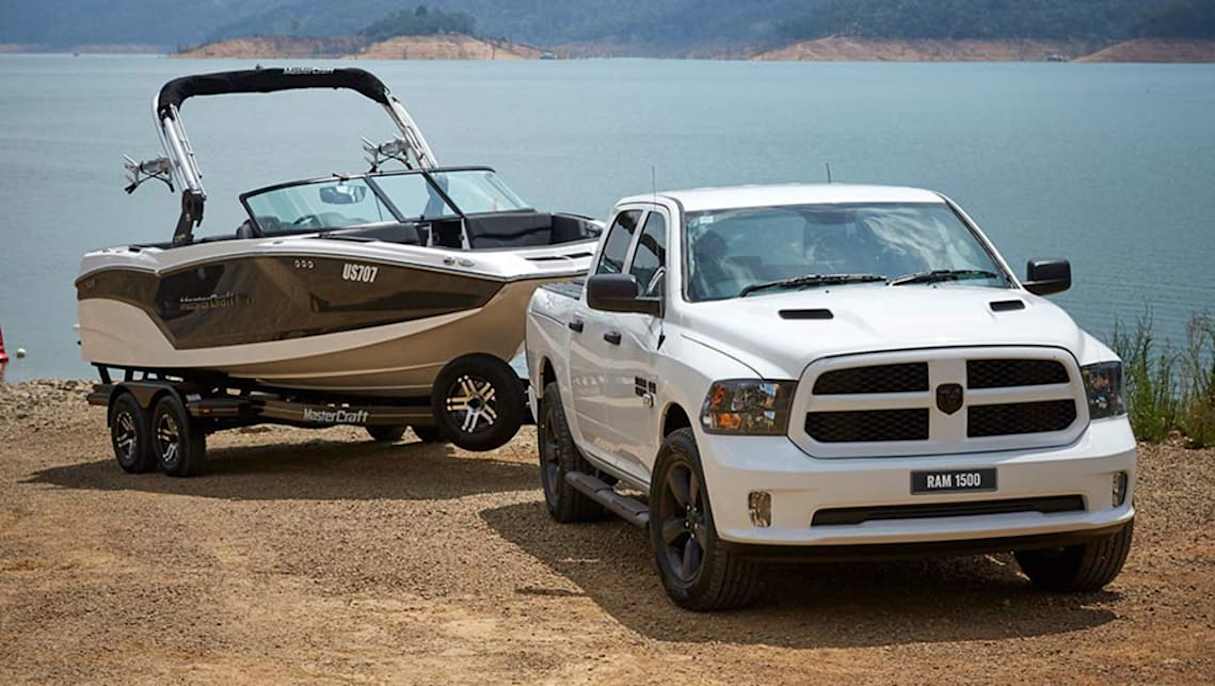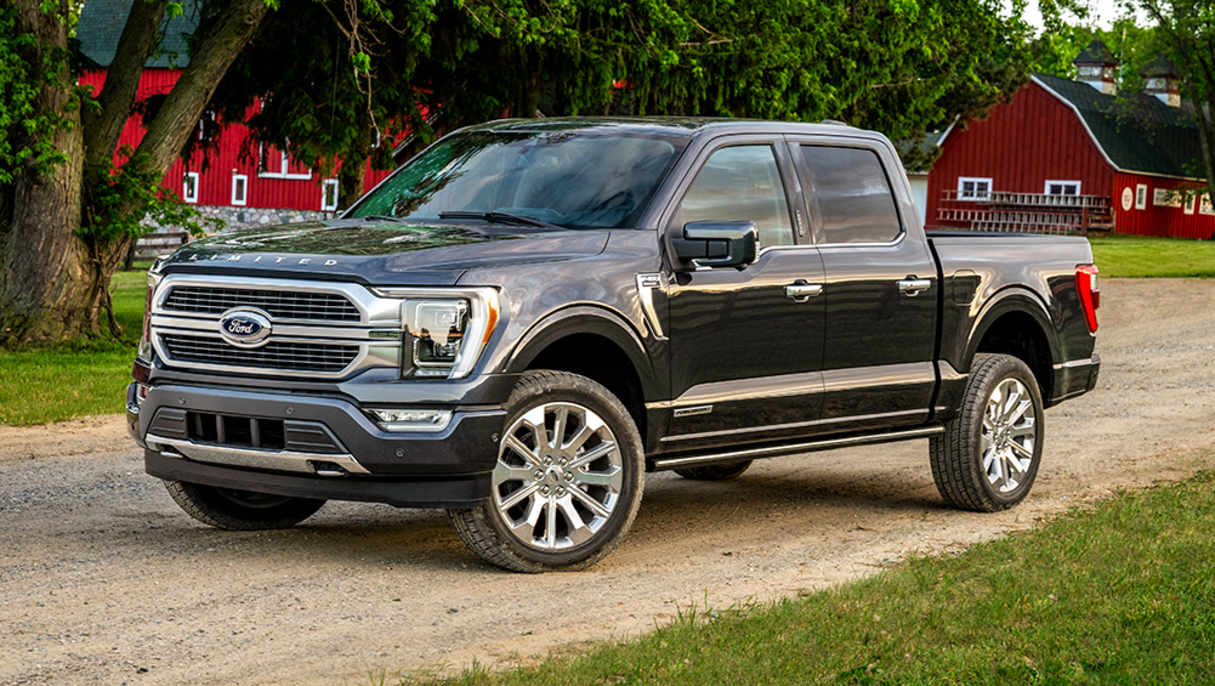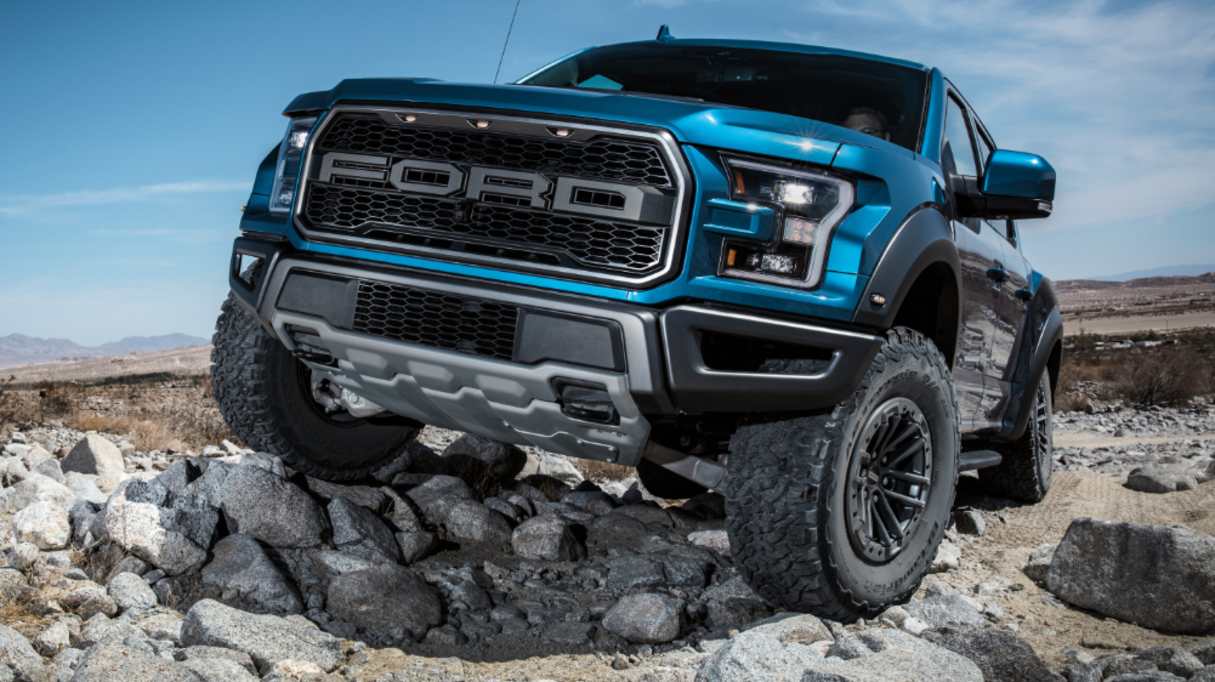Uncle Sam’s finest have been available in Australia for decades now, mainly through small-volume import/RHD conversion specialists. However, in more recent times, these giant US hay-haulers have enjoyed exponential sales growth despite the economic fallout of COVID-19.
According to VFACTS, in the first six months of 2020, Ram Trucks Australia recorded a huge 54.6 per cent spike in sales volume compared to 2019, with the top-shelf Ram 1500 Laramie up 33 per cent and the entry-level Express 1500 up a staggering 126 per cent.
And former Holden performance enhancement specialist HSV has recently added the Chevrolet Silverado 1500 LTZ Premium Edition to its showroom offerings (no VFACTS figures as yet), to provide its own similar-sized alternative for GM fans.
Ram sales now represent 2.3 per cent of Australia’s 4x4 ute market, which is not far behind established regulars like the VW Amarok (4.7 per cent) and Mazda BT-50 (4.9 per cent).
So, what’s driving this sudden spike? In addition to the ATO's instant $150,000 asset write-off for businesses, we reckon it’s a combination of getting the entry price and vehicle sizing closer to that of premium ‘mainstream’ dual cab utes, plus the OEM feel-good factor that comes with Ram Trucks Australia being the world’s only factory-authorised full-volume supplier of RHD Rams.
HSV, with its long-standing OEM vehicle enhancement relationship with GM, brings similar peace-of-mind to the premium Silverado 1500 purchase, even though its entry price is much higher. HSV’s parent company, Walkinshaw Automotive Group, also operates the vast facility in Melbourne which re-manufacturers the Ram and Silverado in RHD form to suit Aussie roads.
By contrast, Ford Australia has no interest in local RHD re-manufacturing of its iconic F-150, but that’s not to say it doesn’t want a slice of this sales spike. The Blue Oval’s local arm is reportedly lobbying Detroit hard to ensure all future F-Series generations are also made in RHD, like the Mustang. In the meantime, North America’s best-selling pick-up truck for the past four decades is available here through small-volume specialist importer/RHD conversion specialists.
So, if you’re a hard-working tradie interested in owning a new US pick-up truck, here are a few things to consider to ensure such a purchase will suit your needs.
The price is right
.jpg)
Until recently, one of the biggest barriers to local ownership has been purchase prices. They typically extend well into six figures, caused by a multitude of factors including fluctuating currency exchange rates, government taxes/charges, the cost of small-volume RHD conversion and others.
However, the establishment of a streamlined RHD production line has resulted in significant cost efficiencies throughout supply chains which have allowed more competitive pricing. For example, the Ram 1500 range starts at $79,950 for the Express, which is not far north of the premium Ranger Raptor at $76,290 (all prices in this story are list prices / MSRP).
The Ram 1500 range tops out at $109,450 for the top-shelf Laramie while HSV’s Silverado 1500, which is currently available only in LTZ Premium Edition trim, is $113,990. Even so, both of these top-tier Yanks are considerably cheaper than a local towing legend in Toyota’s Land Cruiser 200 Series Sahara at $123,000.
Resale value
.jpg)
We did some calculations, using figures sourced from various online sales tools, to see how resale value of US 4x4 pick-ups in Australia compared to more mainstream dual cab offerings and discovered that they’re more than competitive on a percentage basis.
The higher prices and smaller volumes can actually work to their advantage in this context. The original owners have parted with considerable sums in purchasing these vehicles, so they’re more likely to look after them. This, therefore, ensures quality used vehicle stock in limited supply, which in both cases ensures strong demand.
Size matters
.jpg)
Although the F-150, Ram 1500 and Silverado 1500 are the most compact variants of their respective US line-ups (the Ram has an impressively tight 12.1 metre turning circle), they’re still mighty large when measured against Australia’s more mainstream offerings.
For example, compared to a 4x4 Ford Ranger Wildtrak dual cab ute, the Silverado 1500 is a whopping 524mm longer in wheelbase, 496mm longer overall (almost 6.0 metres in length), 213mm wider and 67mm taller. And its turning circle of 14.1 metres is larger than the Wildtrak’s 12.7 metres.
Even so, these big Americans still comfortably clear the low ceiling heights found in underground and shopping centre carparks (usually a minimum of 2.1 metres) and can squeeze into more parking spaces than you might think. However, given their greater width and length, departing can often require at least a three-point turn.
These dimensions also create big cabin space, particularly for rear seat passengers who are typically short on knee, head and shoulder room. Even tall adults can stretch out, which is great if you’re carting a crew of big blokes to and from worksites.
Big trucks, big engines
.jpg)
If you want traditional petrol V8 muscle, 4x4 US pick-ups offer something that no mainstream local dual cab ute can match. The largest of these have performance to burn with the Silverado 1500’s EcoTec3 6.2-litre V8 pumping out 313kW/624Nm, while the Ram 1500’s potent Hemi 5.7-litre V8 has 291kW/556Nm. The F-150’s Ti-VCT V8 also packs a punch with 287kW/524Nm but other F-Series engines are available including a Powerstroke 3.0-litre V6 turbo-diesel.
Be prepared for higher fuel bills with the V8 models. For example, HSV quotes an official combined figure of 12.3L/100km for the Silverado 1500 LTZ Premium Edition, but our real-world test figure was more like 13.6L. Ram Trucks Australia claims an official combined figure of 12.2L/100km for the Ram 1500 Express, but our test produced 15.7L.
By comparison, the top-of-the-range Toyota HiLux Rugged X with 2.8 litre four-cylinder turbo-diesel has an official combined figure of 8.5L/100km but returned 11.7L during our test, while the Ranger Wildtrak 3.2 litre five-cylinder turbo-diesel’s official 8.9L came in at 11.1.
The big tow

Both the Ram 1500 and Silverado 1500 are rated to tow up to 4500kg (4.5 tonnes) of braked trailer, which is one tonne more than most mainstream dual-cab ute rivals. The F-150, which is available locally with a variety of engines, is rated to tow even higher loads.
By contrast, their payloads are similar. The Ram 1500 Express has an 830kg rating while the Silverado 1500 is 712kg, compared to the Ford Ranger’s 954kg and the Toyota HiLux Rugged X’s 748kg. However, the US pick-ups have longer and wider cargo tubs with larger load volume and also some unique and useful features, like the Ram’s excellent RamBox cargo management system and bed divider/load extender.
.JPG)
Off-road
.jpg)
Although these US pick-ups are equipped with 4x4 drivetrains, their imposing dimensions are not well suited to the typically narrow and extremely rugged bush tracks often found in Australian off-road adventuring. Sort of like trying to squeeze an ocean liner up the Murray River. However, as a tradie’s truck, the combination of 4x4 traction and up to 4.5 tonnes of towing would take a power of beating in countless work situations.
Safety first

Given their relatively small volumes in Australia, US pick-up suppliers can’t justify the substantial cost of ANCAP compliance and some brands are better than others in providing safety features which are now commonly found on lower-priced mainstream dual cabs.
For example, the Ram 1500 Express meets ADR crash safety standards and has driver and front passenger front and seat-side airbags plus front and rear side-curtain airbags and numerous other safety features. However, it does not have AEB (auto emergency braking), lane-keeping assist, blind-spot monitoring or adaptive cruise control. The Silverado 1500 LTZ Premium Edition does feature AEB as does the F-150, which also offers blind-spot monitoring and cross-traffic alert.
So, if best-in-class safety is important to you, it’s worth doing some homework on what each US pick-up offers as it varies between brands.
Dealer networks
.jpg)
Another feel-good factor in owning a ute produced by some of Australia’s top-selling automotive brands is the support of their vast dealer networks, particularly for owners that venture into remote areas.
For example, market leader Toyota boasts 297 dealers, each of which can provide HiLux genuine parts and service. Ford’s Ranger is backed by almost 200 dealers providing similar peace-of-mind.
By contrast, the Australian dealer networks for US pick-ups are significantly smaller. That’s not to say they can’t provide quality customer support in terms of roadside assistance, remote servicing, parts supply etc. However, like any vehicle purchase, it’s important to know what assistance is available should you ever need it.
Warranty and service

US pick-up suppliers typically provide a three years/100,000km new vehicle warranty, which looks underdone when compared to the minimum five years offered by mainstream ute brands. However, they do usually include roadside assistance.
Scheduled servicing is typically 12 months/12,000km with no capped-price servicing offers, but again these can vary depending on the brand and the supplier so do your homework. It’s also worth checking if the vehicle provider uses genuine OEM service parts.
Aftermarket accessories
.JPG)
There’s a wealth of aftermarket companies in Australia supplying an eye-boggling choice of high-quality accessories for most mainstream 4x4 utes.
However, because of the relatively low volumes of new US pick-ups being sold in Australia, the major aftermarket brands can’t justify (well, not yet anyway) the considerable cost of tooling-up to cater for a relatively small pool of potential customers. However, if sales continue to climb, that situation could well change.
In the meantime, there are genuine OEM accessories. They may not be as plentiful or diverse as the Australian aftermarket, but can still offer enough choice to allow owners to individualise their vehicles. Or you could get accessories custom-made to your liking, but the costs could be substantial.
.jpg)
.jpg)

.jpg)
.jpg)

.jpg)

.jpg)
.jpg)
.jpg)
.jpg)





.jpg)

.jpg)
.jpg)

.jpg)